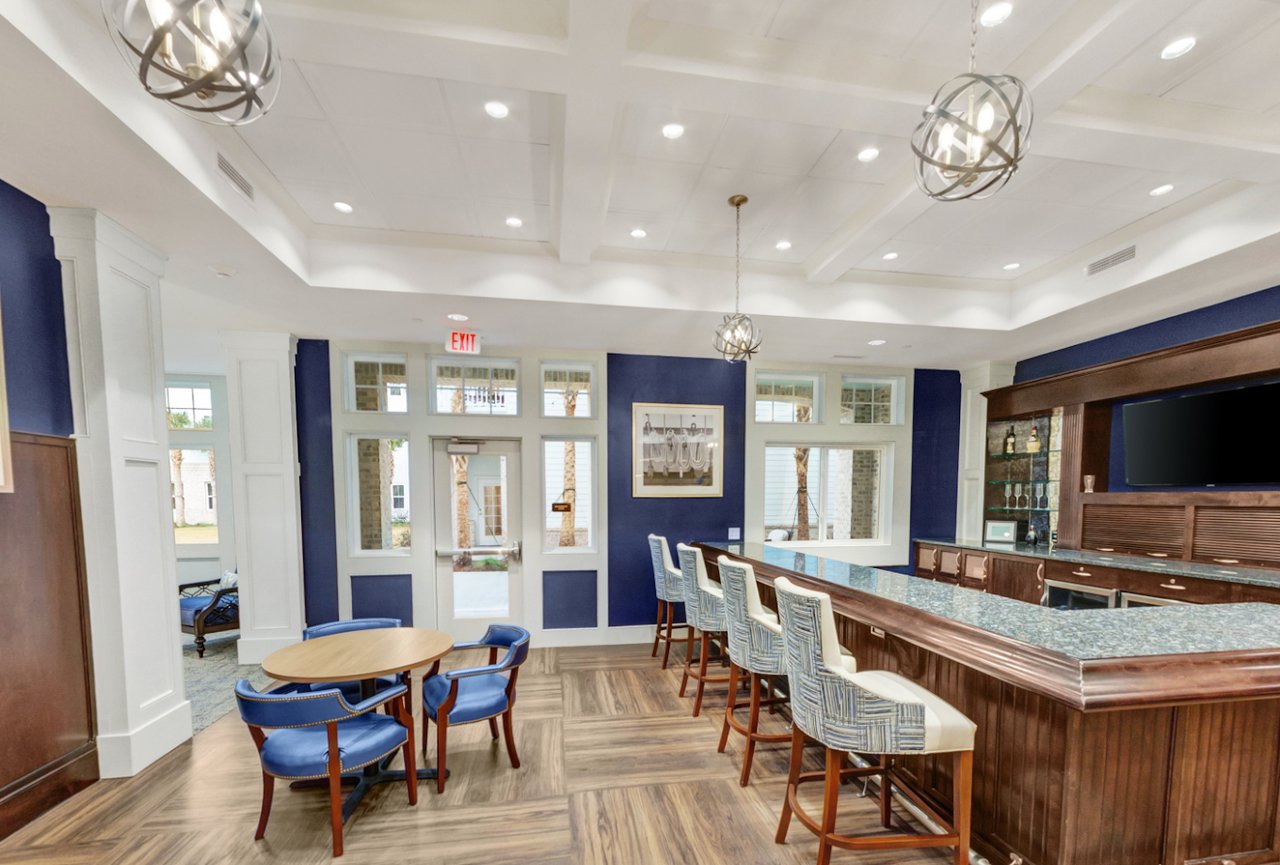
Seniors Housing Bull Market
- 10/31/25

ASHA MYM Blog Binder
- 10/21/25

Senior Housing Industry Outlook For 2024 and Beyond
- Vince Viverito
- 07/30/24
Discover 2024 senior housing trends, demographic shifts, and investment opportunities in evolving care markets.
Read MORE
Nursing Homes Continue to be Lucrative Despite Pandemic
- Matthew Alley
- 11/29/21
Nursing homes remain profitable post-pandemic, with strong occupancy and increasing investor interest.
Read MORE
Independent Seniors Housing Sales
- Matthew Alley
- 11/22/21
Investor interest grows in independent senior housing with expanding opportunities and favorable cap rates.
Read MORE
Are Cap Rates and Interest Rates Correlated?
- Jason Punzel
- 05/24/21
Cap rates and interest rates don’t always align—understand market forces driving real estate investment returns.
Read MORESorry, we couldn't find any results that match that search. Try another search.